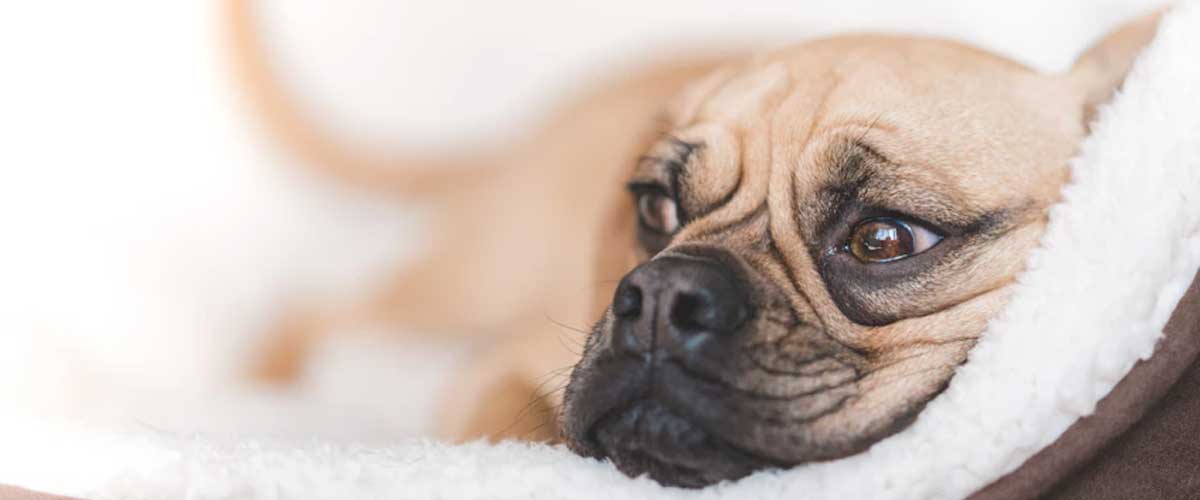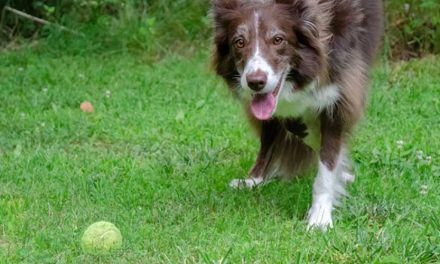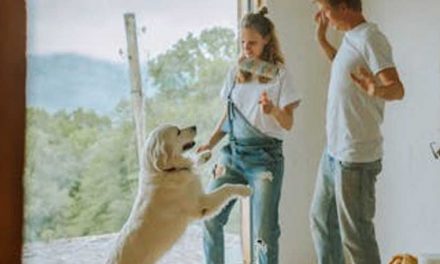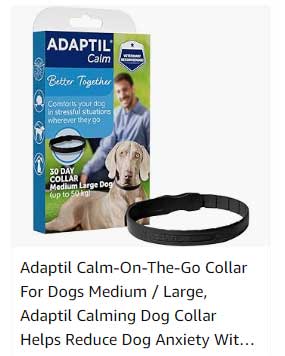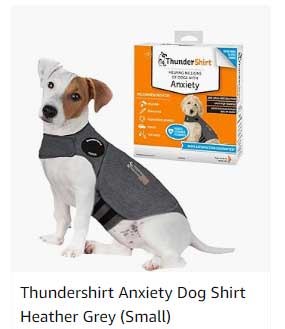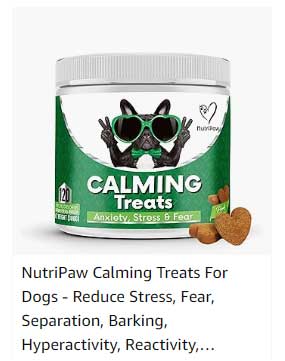Creating a calm space for your dog can significantly alleviate anxiety-related symptoms, helping them feel safe and secure in their environment.
Dogs, much like humans, experience anxiety for various reasons, including loud noises, separation from their owners, or changes in their routine.
By establishing a serene space for your furry friend, you can promote relaxation and improve their overall well-being.
Here are some steps to help you create the perfect calm space for your dog.
1. Choose the Right Location
Start by selecting an appropriate area in your home.
Look for a quiet corner away from the hustle and bustle of daily activities.
Ideally, this space should be away from doors and windows where outside noises can be disruptive.
If possible, choose a location where your dog spends a lot of time, as familiarity can enhance their sense of security.
2. Create a Cosy Den
Dogs naturally seek out small, enclosed spaces that make them feel safe.
You can create a cozy den by using dog beds, blankets, and pillows.
Consider investing in a high-quality dog bed that offers support and comfort.
Alternatively, you can make a padded space with a soft blanket in a crate or a designated corner of a room.
Make sure it’s inviting—add some of your dog’s favorite toys or items that carry your scent, which can provide comfort when you’re not around.
3. Reduce Noise and Distractions
To create a calm environment for your dog, it is essential to minimize noise and distractions.
Soft background music or calming sounds can make a big difference when it comes to masking sudden loud noises like thunderstorms or fireworks.
There are even playlists and albums specifically designed for calming dogs, filled with gentle tunes and sounds.
Additionally, consider using heavy curtains or soundproofing materials in the room to help absorb noise.
4. Utilize Natural Aromatherapy
Just like humans, dogs can benefit from the calming effects of certain scents.
Lavender and chamomile are popular options that may help to soothe anxious dogs.
Using a diffuser with dog-safe essential oils can create a relaxing atmosphere.
However, ensure that the oils are non-toxic and safe for pets.
Alternatively, you can also place a few drops of lavender oil on your dog’s bedding or use calming sprays specifically designed for pets.
5. Incorporate Calming Products
There are several products available to help relieve anxiety in dogs.
Consider investing in anxiety wraps or vests that provide gentle pressure, similar to swaddling a baby.
These products can help your dog feel more secure and may reduce anxiety-related symptoms.
Calming chews, natural supplements, or pheromone diffusers can also promote relaxation and ease anxiety.
6. Establish a Routine
Dogs thrive on routine and can become anxious when their day-to-day life changes.
Establish a consistent schedule for feeding, walking, and playtime.
Providing structure can help alleviate uncertainty and promote a sense of security.
Make sure to dedicate ample downtime as well, allowing your dog to relax and wind down after play sessions.
7. Training and Positive Reinforcement
Incorporating training exercises can help build your dog’s confidence and reduce anxiety.
Use positive reinforcement techniques to reward calm behavior.
Spend time teaching your dog commands that are beneficial for relaxation, such as “settle” or “go to your place.” Encouraging them to go to their calm space on cue can create a positive association with that area.
8. Monitor and Adjust
Every dog is different, so pay attention to your pet’s specific needs and preferences.
Regularly assess how well the calm space is working for your dog.
If they seem uncomfortable or anxious, consider making adjustments.
This might involve rearranging the space, changing the location, or incorporating new calming techniques.
Conclusion
Creating a calm space for your dog is an essential part of managing anxiety-related symptoms.
By offering a designated area filled with comfort, reducing noise, and incorporating soothing elements, you can foster a sense of security for your furry friend.
Remember that patience and understanding are vital as you help your dog navigate their anxiety.
By taking these steps, not only will you enhance your dog’s quality of life, but you may also strengthen the bond you share, leading to a happier and healthier companion.

